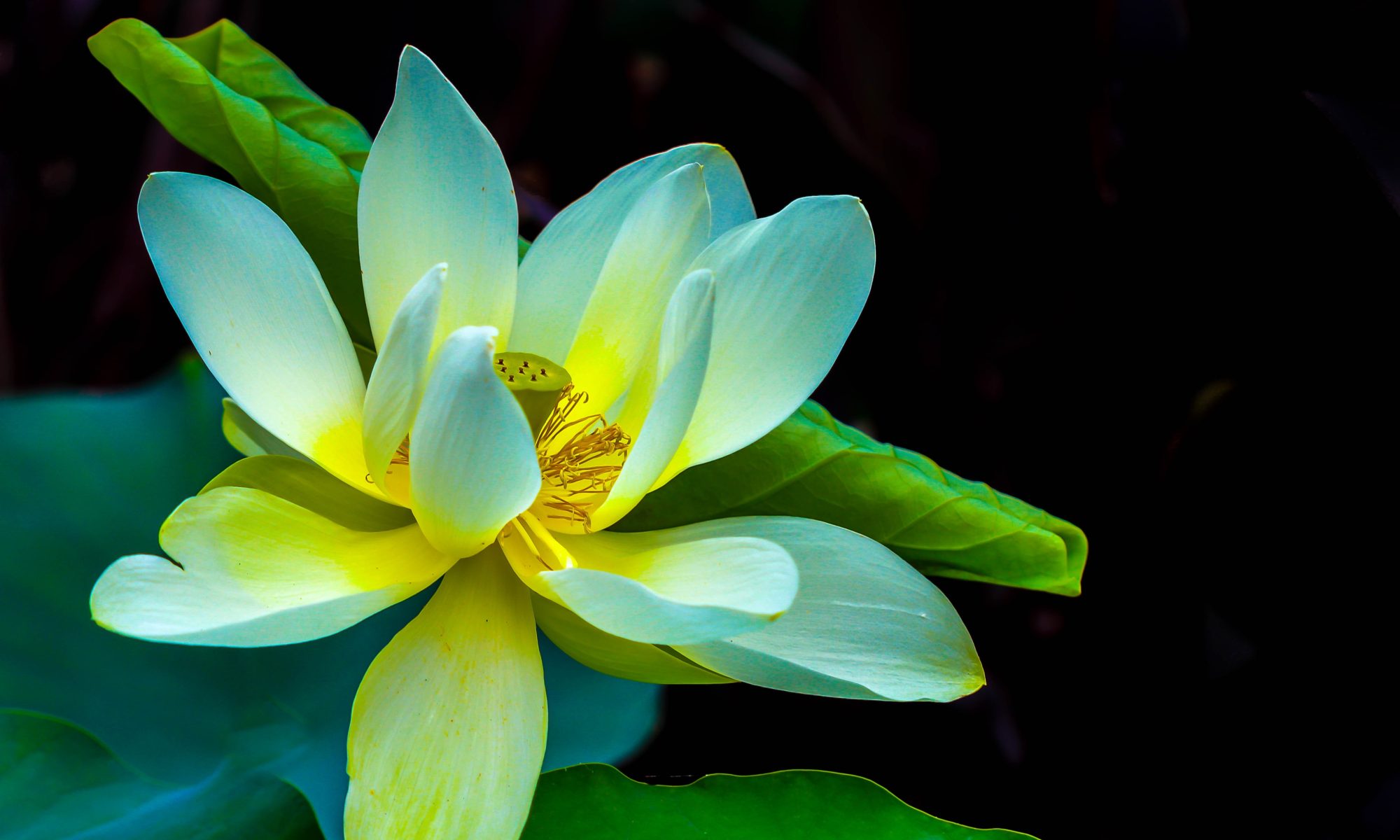Dear Kalyanamittas,
Below are the audio links to our 26th August 2018 Sunday recording for sharing by all. Also enclosed are the outline short notes for sharing by all.
OUTLINE short notes of Bro Teoh’s WPCS Sunday class dated 26th August 2018
The 6th Patriarch’s Dharma Jewel Platform Sutra lesson 83
CHAPTER X, Final Instructions (Page 414 – 419)
1. Immediately after the Puja chanting Brother Teoh commenced the dharma sharing byasking us what we think of the statement: `I seek Enlightenment’ as stated in the text. He hinted that this statement is not correct and why is it not correct? Because of the ‘I’ which is the ego or self (atta) and ‘Seeking’ which is a craving. Whenever there is an `ego’ and a `seeking’ there can be no Enlightenment because Enlightenment can only berealized when there is no ‘I’ (or ‘becoming’) and no ‘craving’ (or `seeking’)!
2. In the same manner J Krishnamurti also asked, `what happens if The Seeker is the Seek?’Living being’s ignorant leads them to seek for enlightenment outside of themselves, not knowing that the enlightenment that `one’ seek is within one’s nature – which is the unconditioned.
3. Bro. Teoh further explained that `VI’ means – the 3 Universal characteristics of natureand `PASSANA’ means ‘To INSIGHT into.’ Hence Vipassana is an insight or a realizationborne of wisdom (an awakening) hence it cannot be practiced. For it is an understanding and not a knowledge or a skill where you need to learn and practice to acquire it. Enlightenment is a realization, an awakening which is not rigid (unlike knowledge).
4. The Commentary’s ‘DEVIANT VIEWS, means wrong views and the 3 POISONS means the3 evil roots of GREED, HATRED AND DELUSION.
5. Deviant views or confusion is the result of ignorance which creates love and desire (orcraving) leading to suffering borne of attachment, clinging and grasping. To reverse itone need to have right views leading to right thoughts, right speeches and right actions as per the N8FP teaching.
6. Bro Teoh explained the commentary’s terms of the Reward body, the Transformation body and the Dharma body in equivalent Theravada terms as below:
- Reward Body – is the Nirmana kaya or Functional Body (which is the 5 aggregates of Form and Mind);
- Transformation Body – is the Sambogaya kaya or Perfection Body or Spiritual Nature;
- Dharma-body – is the Dharma Kaya.For us the Nirmana kaya is our karmically conditioned 5 aggregates of form and mind termed the functional body that perform the function of a human being forour this segment’s life. Then the Sambogaya kaya is our spiritual body or naturethat we can only inherit after we had connected via meditation to our true mind to realize our true nature. When this happened then the combination of the Nirmana kaya of the Buddha and his Sambogaya kaya will transform it into the Dharma kayathat enable the Buddha to speaks and teach the dharma. Not every living beinghas the Sambogaya kaya (spiritual nature) and not everybody can connect to theirtrue nature, unless they are true cultivators of the way. Once the true cultivator of the way has connected to their true nature he too can inherit his Spiritual Naturethen their form and mind will also transform to enable them to share their dharmaunderstanding according to their nature’s ability. WISDOM is unending.
7. Bro. Teoh once again shared with us how from the Source, living beings evolved in stages into the PURE AWARENESS (or True mind) stage, the MUNDANCE MIND (5 aggregates of Form and mind) stage and then finally into the Phenomena world of consciousness stage.Meditation is to reverse all these via understanding. That is to reverse or return the phenomena world of consciousness back to the mundane mind then mundane mind to the True Mind. Then finally when the mundane mind realizes itself and cease leading to the realization of the unconditioned or Nirvana (Source).
8. The mundane mind is impermanent and dependent originating hence empty andunreal. Not you and not what you think; anatta (or non-self) – not a permanent unchanging entity hence empty nature of existence and it brings about suffering when one deludedly clings and grasps via ignorant.
9. To relax and silent our Mundane Mind to realize the True Mind. Once our True Mind is awakened wisdom will keep arising.
10. Dharma sharing of experiences by Kalyanamittas on their recent 9 Days 8 Nights Spiritual trip to Shangri La, Dugu Lake, Lijiang, Dali and Kunming (Yunan province) were discussed:
The above dharma sharing by many of the Kalayamittas were very good, rather insightful, beneficial and beautiful. To develop the full understanding and benefitsplease do listen to the sharing via the below audio links:
https://broteoh.com/wp-content/uploads/2018/08/83-6th-Patriarch-26-August-2018.mp3
(Above draft outline short notes is by Sister Quinni)
Bye! and with metta always,
Teoh
